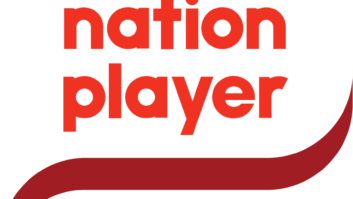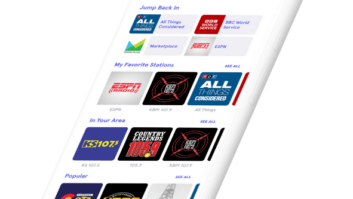With multicasting, the terrestrial U.S. radio industry may be about to change – and big time.
Digital already has brought welcome change. But better quality alone does not compel consumers to buy new radios. Scrolling text information and other datacasting services are eye-catching but not unique to HD Radio; surround sound was the hot topic at NAB2005, but its critics say 5.1 music is not catching on and could turn out to be little more than a ho-hum gimmick for radio, one that confuses or annoys consumers.
Unless HD Radio brings consumers something of broad appeal and added value, something they’ll spend on with new hardware, it’s going to be a tough sell.
Enter Tomorrow Radio and supplemental channels. NPR, along with Harris and Kenwood, led its development while commercial broadcasters watched. Multicasting is now bearing fruit and stands to change the face of analog as well as HD Radio. It could even slow the growth of satellite radio if stations promote HD Radio and if consumers aren’t confused when they go to buy those receivers.
Just in the past few months, multicasting has blossomed into a potentially powerful weapon in traditional radio’s arsenal to defend its turf. NPR has said 24 member stations will begin multicasting this year. WFAE(FM) in Charlotte, N.C. is multicasting; WOSU(FM) in Columbus, Ohio and WUSF(FM), Tampa are among those with plans.
Commercially, two Infinity FM stations in Chicago are showcasing second channels. WUSN HD-2 is devoted to up-and-coming country artists. WJMK will feature its oldies format on WJMK HD-2 after switching its main channel to Jack-FM. Crawford Broadcasting is getting behind multicasting. Other stations may have announced by the time you read this.
In order to meet burgeoning demand, programming suppliers like Jones Radio and Westwood One are creating products and services. Some will be Web-based and are in beta development. NPR again led the way on the program side, with the announcement last winter that it would provide several program channels to feed multicasters. PRI is offering free non-commercial programming for the multicast channels as well.
Receiver companies have been scrambling to incorporate multi-channel tuning capabilities into second-generation HD Radio receivers, some of which will hit store shelves soon. Fortunately the feature adds little to the cost of making the receivers.
The advent of supplemental channels for FM HD Radio opens new options to owners and programmers. Eventually it also could have significant impact on existing stations that narrowcast and serve small, targeted audiences, especially AMs with marginal or reduced coverage. Some of these formats probably will migrate to FM supplementals.
Some observers think this development could devalue those facilities further and even spell their demise – making HD FM multicasting literally a killer app.
Many such questions of strategy are raised by these new channels within the FM band. But merely adding more of the “same old-same old” will not earn multicasting the title of killer app.
Content always will be king. FM succeeded because it offered content not available on AM. Broadcasters who take advantage of multicasting should execute their added formats wisely. Those who develop something unique and attractive stand to reap large rewards.
– RW











